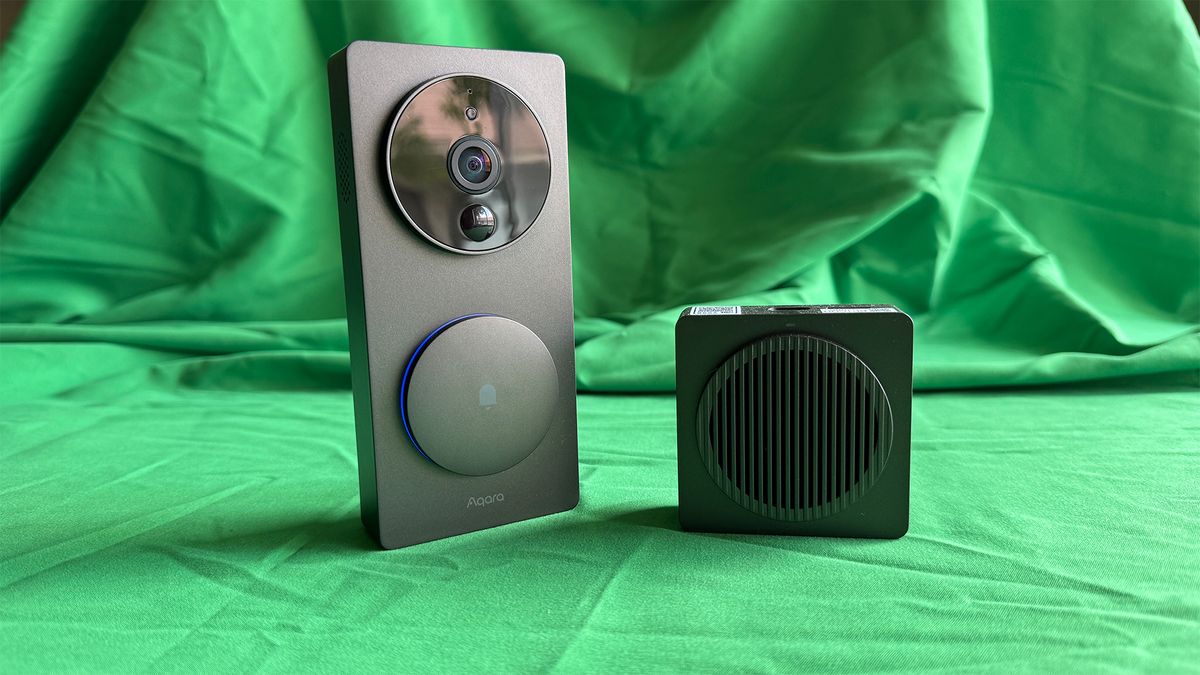It probably goes without saying, but the economy is a little uncertain out there right now. For our mobile product managers, customer retention is top of mind as they try to keep their customer base together amid the tightening of wallets, both internally and in the market. One of the best ways to keep your customers coming back time and time again is implementing effective customer loyalty programs.
Mobile customer loyalty programs are an important way to increase customer retention and continue to drive revenue. But not all loyalty programs are one and the same. In this post we are talking about three different types of programs, with examples for each type.
Interested in learning something else about customer loyalty programs? Check out some of the other pieces we have published on the topic:
- How to Create a Loyalty Program for Your App
- How Mobile Customer Loyalty Programs Increase Customer Retention and Drive Revenue (with Examples)
- 27 Customer Loyalty Statistics You Might Not Know
Thanks for sticking around, let’s dive in!
Point-based customer loyalty programs
Point-based programs are by far the most common set ups for loyalty programs. They let customers accumulate points with their purchases, and then customers can redeem these points for free products and other perks.
It’s a straightforward process without a major learning curve for most of your customers. However, the way some brands promote points-earning activities can be incredibly disruptive—which completely defeats the purpose of the program: driving loyalty. Make sure you keep your points-based programs simple and part of your customers’ natural journey.
A point-based program also doesn’t make sense for all business types. A loyalty program like this is ideally suited for brands that encourage frequent, short-term purchases, like Dunkin’ or Starbucks.
Point-based programs work well on mobile because customers can just tap their phone at the point of purchase and instantly receive or redeem earned points.
How Starbucks encourages loyalty
Starbucks is a leader in the reward program space and is a great example of a successful mobile rewards program. Starbucks gives customers points for every dollar spent and provides exclusive benefits to rewards members.
Their business model is perfectly suited for a point based program because drinking coffee is such a recurring and habitual activity for many. Speed and convenience are also important in this industry, and their mobile app makes it easy to order ahead and skip the line, earning rewards along the way.
Financially, Starbuck’s program has been a massive success. The company attributed 40 percent of its overall sales to the rewards program. They also found app users were 5.6 times more likely to visit a Starbucks store every day.
Tier-based loyalty programs
A tier-based program is a loyalty program where members see different program benefits depending on their rank within the program. The higher the member’s rank, the better the rewards they receive.
Small perks or rewards are presented in the bottom tiers, and as members spend more they can access better perks and rewards in the higher tiers.
You usually see tiered programs in higher priced and higher commitment industries such as travel or hospitality.
Tier-based loyalty programs are also ideally suited for mobile because customers have the ability to check their reward status, make additional purchases, and manage existing ones all within the app, while on-the-go.
How Alaska Airlines drives customer loyalty
The Alaska Airlines tier-based loyalty program is consistently recognized as a top rewards program in their industry. Travelers accumulate miles by booking flights. Similar to a point based system these miles can be used to purchase additional flights, book hotel accommodations, or upgrade a seat to first class.
Once customers reach certain milestones based on miles flown and number of flight legs, they can reach higher reward tiers. Alaska groups these tiers as “elite status” and there are four tiers of “MVP” customers.
Alaska encourages customer loyalty with their reward program by incentivizing customers to reach MVP status and then providing added incentives to move up in the MVP tier system. Benefits include priority boarding, seat upgrades, and bonus airline miles.
Alaska’s reward program works hand-in-hand with their mobile app by making it easy to book flights using miles, while monitoring how close you are to MVP status.

Paid customer loyalty programs
For paid loyalty programs, customers pay a recurring or one-time fee for access to membership benefits. The key to a successful paid program is offering benefits that outweigh the cost of membership for customers.
These benefits could be convenience based, cost saving, or even entertainment focused. The key is that they generate enough value for customers to pay a fee for.
Before going the paid route, understand the additional barriers adding a paid element to driving loyalty might bring. Paid programs are not right for every business.
How Amazon drives loyalty
The ‘prime’ example of a paid customer loyalty program has to be the Amazon Prime subscription service. Customers pay a flat fee per month for access to two-day shipping, video and music streaming services, along with other membership benefits.
Amazon is continuously adding benefits to their Prime offering. In 2022, Amazon purchased the exclusive rights to NFL Thursday Night Football (TNF). The ability to watch TNF is now exclusively reserved for Prime members. During Amazon’s first broadcast in the 2022 season, they drew a record number of new Prime sign ups over a three-hour period
Part of Amazon’s loyalty program success is directly related to their commitment to mobile experience. In the crowded online retail space, 76 percent of digital shoppers have the Amazon app installed on their phone.
The Amazon app includes one-click ordering, fast shipping options, and an overall experience that is consistent with their desktop experience. All of these features, when combined with a high value loyalty program, keep customers paying Prime fees and sticking with the brand.

Why mobile is the ideal channel for loyalty programs
No matter the program type you choose, the mobile channel is likely the most important channel to consider. Mobile apps have completely changed the way reward programs work.
They’re easier to use, completely customizable, convenient, and overall provide a more robust customer experience. On top of that, mobile phones are constantly attached to your customers and easily accessible at any moment. Brands are just a tap away at all times.
On mobile, customers can also instantly check their loyalty status or points at any time. They can watch these metrics change in real-time, providing instant gratification with each purchase.
The gamification of earning points and achieving milestones gets customers to come back to check their status again and again. Adding a bit of competition to your mobile experience will engage customers and drive retention.
The common denominator between all of these examples is that these brands prioritized a strong mobile experience for their customers. This alone keeps customers coming back, but combined with a strong customer loyalty program, can be a recipe to come out of a recession stronger than before.
Ready to take the next step in improving your own mobile customer experience? Request a demo of Apptentive today!


















.jpg)


Discussion about this post